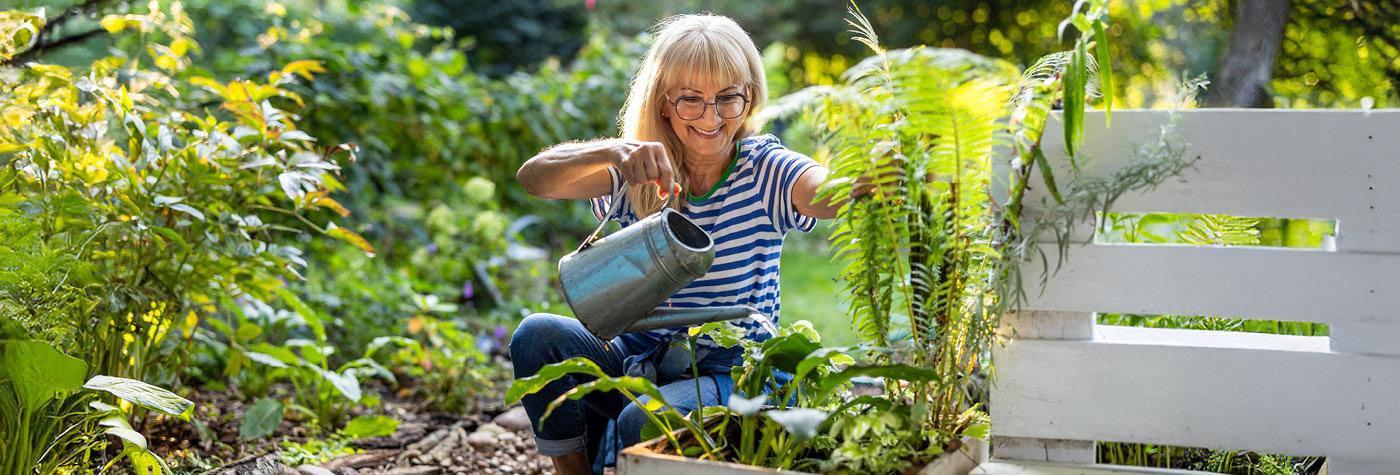Spinal stenosis is a condition that causes the spinal canal to narrow. The spinal canal is the tunnel in the spine that holds the spinal cord and nerve roots, which are protected by a fluid-filled sac called the thecal sac.
A narrow spinal canal puts pressure on the nerve roots and spinal cord. This narrowing can cause pain, numbness and weakness in the back, arms or legs.
Spinal stenosis occurs most often in people over age 50, but anyone can develop it. For those over 65, it affects about one in 1,000 people.
Spinal stenosis can develop anywhere in your spine. However, it is most common in the lower back (lumbar spine) and neck (cervical spine).
Cervical spinal stenosis can cause neck pain and affect arm function. Lumbar spinal stenosis can make it hard to walk. It can also cause back and leg pain.
At the UK HealthCare Comprehensive Spine Center, you have access to all our specialties: physical medicine and rehabilitation, interventional pain medicine, physical and occupational therapy, orthopaedic surgery and neurosurgery. You will be evaluated at your initial visit to determine the best treatment path for your specific needs.
The symptoms of spinal stenosis can vary. They depend on how severe your stenosis is and where it is. If you have lumbar spinal stenosis, you may have symptoms such as:
- Burning or aching in your lower back, buttocks, thighs and/or legs
- Lower back pain
- Numbness and tingling in your buttocks and/or legs
- Weakness in one or both legs or feet
- Difficulty standing and/or walking
Pain, numbness or a burning sensation may get worse the longer you walk or stand. You may feel relief from pain when you lean forward or sit.
Severe stenosis can also cause problems with bladder and bowel function, which is a medical emergency.
If you have cervical spinal stenosis, your symptoms may include:
- Arm or shoulder pain
- Limited range of motion in your neck
- Neck pain
- Numbness or tingling in your arms, hands or shoulders
- Weakness in one or both arms or hands
- Standing and/or walking instability
It is possible to have stenosis without symptoms. Symptoms may develop as the condition progresses.
The most common overall cause of spinal stenosis is spinal degeneration that comes with age. However, factors related to the aging of your spine can cause stenosis to worsen. These factors include:
- Herniated disk, when the soft tissue that acts as shock absorbers between your vertebrae bulges out, putting pressure on the spinal cord and nerves
- Osteoarthritis, a condition that causes degeneration in your joints as you age
- Rheumatoid arthritis, an inflammatory disease that causes pain and swelling in the joints
- Spondylolisthesis, a condition when one or more vertebrae slip out of place
- Paget's disease of bone, a rare condition that causes weak bones
Causes of spinal stenosis that may or may not be age-related include:
- Ankylosing spondylitis, a condition that causes spinal inflammation
- Fracture
- Ossification of the posterior longitudinal ligament, a condition where calcium deposits cause thickened ligaments around the spine
- Rheumatoid arthritis, an inflammatory disease that causes pain and swelling in the joints
- Spinal tumors, which can be benign or malignant
Other medical conditions and injuries can cause spinal stenosis. You can also be born with stenosis or another condition, such as scoliosis, that contributes to overall stenosis. Some people are born with narrow spinal canals, which may make them at risk for spinal stenosis in the future.
Your journey to better spine health begins at home. Before you visit UK HealthCare for spine pain, we review your medical records. We may contact you with follow-up questions. We then discuss your case as a team. Based on these conversations, we determine which specialists will best meet your needs.
Next, we schedule your appointment. To provide you with the best care possible, you may need to meet with multiple providers. This helps us meet all your care needs in a timely manner.
During your first visit, we answer questions and provide information to help you better understand your condition. We also work to find out what is causing your symptoms and develop a treatment plan.
In most cases, we start with non-surgical treatment, such as lifestyle changes and physical therapy. Spine issues that don’t improve with this approach may require other treatment, including pain management and surgical intervention.
When coming to your first appointment, plan to do the following:
- Arrive early. You may need to fill out paperwork when you arrive. Getting to your appointment early gives you time to complete paperwork without feeling rushed.
- Bring a current list of medicines or supplements you take. You should also list any surgeries you’ve had, symptoms you’ve experienced and other past health issues.
- Dress comfortably. Working toward a diagnosis takes time. Comfortable clothes help you stay relaxed and attentive throughout your visit. They also make it easier to perform your physical exam.
- Eat and drink as directed. You may need to have imaging or other tests during your first visit. If you need to adjust your eating, drinking or medicines before a test, a team member will call to explain what you need to do leading up to your visit.
- Have your insurance information on hand. UK HealthCare accepts most insurers, and financial assistance is available.
- Bring a family member or friend with you. This person can help take notes and ask questions you may not think of asking.

